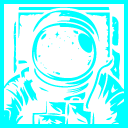The Star Trek franchise has had an enormous impact on science fiction and pop culture since the original series premiere on September 8, 1966. What may be less well known is the degree to which the show influenced NASA and the real space program.
Several Star Trek actors have narrated various official NASA videos, including William Shatner, Nichelle Nichols, Leonard Nimoy, Patrick Stewart and James Doohan to name just a few.

Nichelle Nichols, who played Lt. Uhurha, was especially active with NASA. She helped to recruit the first minority and female astronauts into the Space Shuttle Program in the late 1970’s. There is a NASA recruitment video made around 1978 featuring her along with Apollo 12 and Skylab astronaut Alan Bean discussing the upcoming Space Shuttle missions.
Another major NASA and Star Trek tie in is the Space Shuttle Enterprise. Almost four years before the Columbia Space Shuttle flew into space for the first time on April 12, 1981, the Enterprise Shuttle took to the skies for some important tests that would pave the way for Columbia’s journey.
A letter writing campaign by Star Trek fans to then President Gerald Ford had helped persuade NASA to name this first test shuttle Enterprise, after the fictional television starship. In August 1977 a series of glide tests were begun with this first prototype shuttle. Because the Enterprise would not be required to fly into space, neither a protective heat shield nor engines would be needed. The Enterprise would only glide in Earth’s atmosphere, but the tests this shuttle participated in were vital to the future success of the Space Shuttle Program.
On August 12, 1977 the first free flight glide test was made with astronaut Fred Haise at the controls. Fred Haise had been the lunar module pilot on the ill-fated Apollo 13 mission in April 1970. Now he would make the first ever shuttle landing. The Enterprise was released from the Shuttle Carrier Aircraft at an altitude of approximately 20,000 feet and then glided for 5 minutes and 21 seconds until landing on a dry lakebed at Edwards Air Force Base. The first test was a success proving that the shuttle was a capable glider and verifying the new computer flight software.


The fifth and final free flight glide test was on October 26, 1977, with Haise again at the controls. This flight completed the Approach and Landing Tests Program.
James Doohan, who played Chief Engineer Montgomery Scott, had astronaut Neil Armstrong speak at his final public event in 2004. Armstrong, whose engineering interest had led him to participate in NASA’s Apollo program told Doohan, “From one old engineer to another, thanks, mate.”
In October 1992, Space Shuttle Columbia launched on mission STS-52. On this flight, NASA astronaut James Weatherbee carried a portion of Star Trek creator Gene Roddenberry’s ashes among his personal effects kit. The “Great Bird of the Galaxy” as he was sometimes referred to, finally made it to the final frontier. A fitting tribute to the creator of Star Trek.



You can see one of the three main engine nozzles used on the STS-52 flight on display in the artifact gallery of Columbus State University’s Coca-Cola Space Science Center. This same nozzle also flew on eight other shuttle missions.
While not directly related to NASA, it should be mentioned that William Shatner, Captain James T. Kirk, flew into space on a suborbital flight aboard the Blue Origin New Shepard vehicle. He reached an altitude of 107 kilometers on October 13, 2021. He was ninety years old at the time, making him the oldest person yet to go into space.


